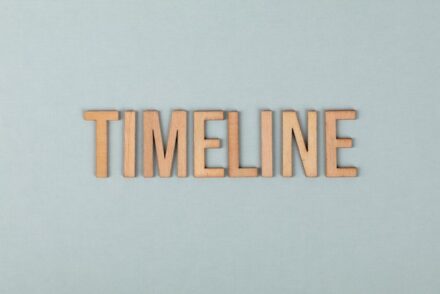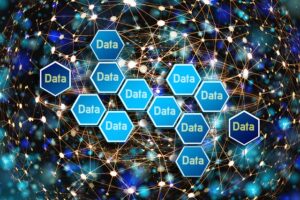Government Spending and Inflation. Part 14B – Deflation
This is the second of two posts to analyze the eleven significant deflationary periods for the years 1914-2022. The first post was Part 14A.1

From image by Nicolae Baltatescu from Pixabay
This is the second of two posts to analyze the eleven significant deflationary periods for the years 1914-2022. The first post was Part 14A.1

From image by Nicolae Baltatescu from Pixabay
This is a continuation of the analysis of each significant period of rising inflation since 1914. The first part1 covered the years up to the start of World War II. In this post, we cover the inflationary periods following World War II through 2022.

Photo by Alexander Grey on Unsplash.
Note: There are a number of errors in the analysis. A new article will be posted with the correct analysis. This post will remain. The reason is that this series of blog articles constitutes my “research notebook.” As anyone trained in science or engineering will tell you, a research notebook is a chronological record of work. When errors are made, they are noted but not crossed out or removed. Removing any part invalidates the research record. So Part 13 of this series will be a replacement for Part 12.
In previous posts in this series, we have looked at what can be learned by looking at the time series data for U.S. federal government spending and consumer inflation (CPI). We have failed to find systemic consistency in the correlation between these two data sets. In the most recent effort,1 we isolated those data points belonging to periods of significant inflation and significant disinflation/deflation. Even that partitioning of the data did not yield the systemic patterns sought. This brings us to see what can be learned by studying each period of significant inflation changes individually.

From a photo by Jan Antonin Kolar on Unsplash
Last week we thought we had wrapped up, for now, our work on timeline shift effects on the correlation between US federal government deficit spending and consumer inflation. However, more ideas have occurred, and this week we will look at further details regarding which comes first, inflation or increased government spending.

Credit: Photo by Grace O’Driscoll on Unsplash
This week we return to the question of whether the inflation-spending correlation is greater when measured before, after, or concurrently with US federal deficit spending. The data for the 108-year period from 1914 to 2022 is used.

Credit: Image by Babil Kulesi from Pixabay
Note: This was posted at 4:24 pm on March 26 with some incomplete sections. Updating in was completed at 2:52 am March 28.
In previous parts of this discussion, we have made some qualitative observations about relationships involving the correlations between U.S. federal government spending and inflation in the U.S. economy. For the first time in this series, we will move into the arena of quantitative measurements of government spending and inflation correlations.

Credit: Photo by Mahdi Soheili on Unsplash
We have previously1 used the CPI data available since 1913 to create annualized inflation data aligned with the federal fiscal years from 1914 to 2022. In this post, we use the timeline-matched data to examine leads or lags that may exist between the two variables – government spending and inflation.

Credit: Photo by Ann H from Pexels
In previous posts on this topic,1,2,3 we have looked at the historical records of inflation and deficit spending by the U.S. federal government. The changing dates for the government’s fiscal year over the country’s history confounded the correlation analysis of that data. Since 1913, U.S. inflation data has been recorded monthly. In this post, we will use the data since 1913 to align the timelines of the two variables.
This post will address how data sampling affects the analysis results for correlations between U.S. deficit spending and inflation. In Part 11of this series, it was seen that there is significant variability in this correlation over time. It is essential to know whether that variability is affected by changing the data sampling structure. If changes are connected to data treatment, care must be taken to ensure conclusions are fundamental to the overall data and not an artifact of how it is organized.

Image credit: Gerd Altmann from Pixabay2